The Ghadar Party Movement 1913:
At the turn of the century, a large number of Indians had settled down in the USA and Canada. About 1906, these Indians started nationalistic activities in the USA and began to publish material against British rule in India.
Taraknath Das, one of the leading Indians in the USA, formed the Indian Independence League in California in 1907, and the next year he began to publish the paper Free Hindustan. Its object was to spread revolutionary ideas among Indians living in the USA. The result of all this activity was the emergence of several political organizations at different times and under different leaders.
In November 1913 the Hind Association of America was founded by Sohan Singh Bhakana. It decided to publish a weekly paper Ghadar or Hindustan Ghadar, in commemoration of the Revolt of 1857, in English, Urdu, Marathi and Gurmukhi, which gave the association its hallowed name the Ghadar Party.
Lala Hardayal was the guiding spirit of the Ghadar Party movement. The organization began to function from the Yugnatar Ashram in San Francisco, the place being named after the well-known revolutionary journal published in Calcutta. Almost every issue of the Ghadar contained poems urging upon Indians, among other things, to take up arms, rise in insurrection, and kill the British.
The Ghadar Party became very popular, particularly among the Indians living abroad. The Ghadar became the source for facts and ideas for other papers and thus the Ghadar became the source of worldwide revolutionary propaganda, on behalf of India. Lala Hardyal, Bhai Parmanand and Ram Chandra were the leading figures of the Ghadar Party Movement.
As First World War broke out, the Ghadar party also took arms against British Empire. 21st February 1915 was decided as a day of mutiny in India which has to be started from Punjab. However, British CID foiled it and Ghadarites were arrested, tried and many hanged. Inspired by Ghadarites, 700 men of the British Army in Singapore revolted under the leadership of Chisti Khan and Dundey Khan. This was bitterly crushed.
Many of those who were later released found Kisan and Communist movements in Punjab.
Among other notable revolutionaries outside India were Raja Mahendra Pratap and Barkatullah who, with the support of Germany and Russia, set up the Provisional Government of India in Kabul.
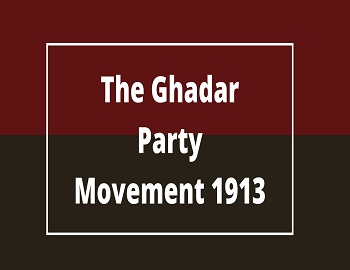
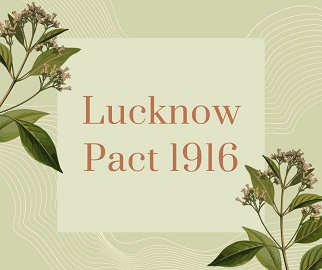
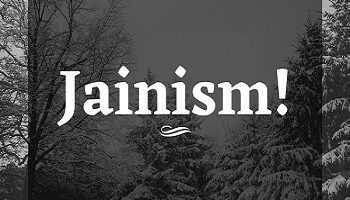
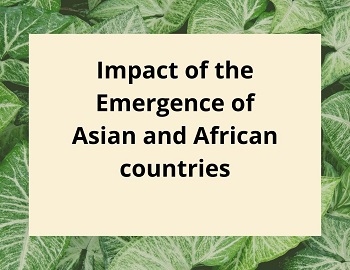
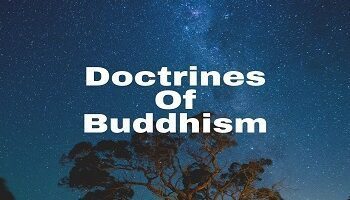
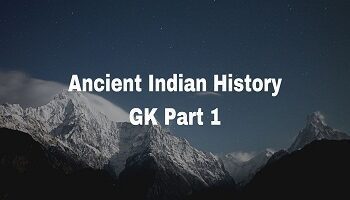

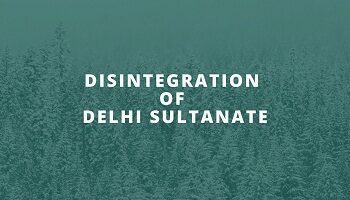
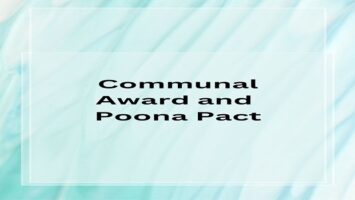
Comments (No)